Cities on Autopilot: How Autonomous Vehicles Will Reshape Real Estate and Urban Life
From MIT’s Smart Cities lab to today's emerging AV revolution, a call to investors and urbanists to reimagine our cities through the lens of autonomy, adaptability, and opportunity.
Recent Popular Posts
Welcome to The LineUp! Our weekly newsletter seeks to add value by engaging, connecting, and inspiring real estate operators, investors, and entrepreneurs. If you enjoy what you read, please like, share, and subscribe. Thank you for your support in growing this community! If you’d like to participate in our conversation join us on the Substack Chat here.
TL;DR: Autonomous vehicles (AVs) are set to transform real estate by shifting location value, reducing parking needs, changing logistics, and reshaping community design. Investors and urban planners who adapt now will gain a competitive edge. This post, inspired by MIT’s Bill Mitchell, is a call to prepare for the AV-driven future of our cities.
If you know me, you know I love technology. It changes our world. It impacts how we live, work, and play and using that to make better places is a big part of the fun of real estate development.
This week we look at autonomous vehicles and how they will impact urban planning real estate investments. This is something I’ve been passionate about for a long time, all the way back to 2008 when I was at MIT. At that timethe Smart Cities research group, at the MIT Media Lab was headed up by Bill Mitchell.
Bill was a visionary. Part of his research at the Media Lab included the CityCar. This research was his vision Autonomous Vehicles (AVs) and their integration into the city and their impact on our urban realm. Here is a link to some of Bill’s very inspiring books at the MIT Press Bookstore. Bill was one of my thesis advisors at MIT and will serve as a lifetime of inspiration for myself and many others.
Thank you Bill, this post is dedicated to you.
Autonomous Vehicles (AVs) will disrupt the real estate investment landscape by altering location preferences, repurposing land use, transforming logistics, and reshaping community design. Investors who anticipate these changes and adapt their strategies will be well-positioned to capitalize on this paradigm shift. Urbanists who care about the future of our cities should be thinking about the implications AV’s will have as well for urban form. Let’s dig in.
1. The Paradigm Shift Is Coming
Autonomous Vehicles are no longer just science fiction and bluster from technologists. The implementation of fully autonomous vehicles across the country is coming in the next 24 months. Once this occurs the urban form of our cities will change. This of course will be a result of, and influence on, the way we live, work, and play.
If you’re an urbanist and/or real estate investor the time is now to begin thinking deeply about how to engage and capitalize on this change.
Sponsored by Pugh Management.
PROJECT OVERSIGHT & RISK MANAGEMENT FOR LPs
The Growing Challenge for LPs & Preferred Equity Investors
More development projects are experiencing budget overruns, construction delays, and misalignment between developers and investors—leading to capital inefficiency and unnecessary risk for LPs and preferred equity stakeholders.
Pugh Management offers a disciplined, institutional-level oversight model to provide transparency, accountability, and a path to project completion without surprises. Learn more by scheduling a call with us today.
📅 Schedule a 15-Minute Call Here → Scheduling Link
2. Why AVs Matter to Real Estate Investors
AV’s will disrupt how we think about location, land use, logistics, and community design. If you know real estate you know “the first rule of real estate” is “Location, location, location”.
As AV’s become our primary means of transportation the value and utility of location will change. Not only that, with the need for less demand for parking, because of on-demand AV’s, parking infrastructure will need to be re-imagined and used in novel ways. Monetization of those spaces will be key, along with creating quality of life improvements for the public. Zooming out the holistic design of our communities will change as automobiles will become less dominant due to widely distributed and available AV’s. Our cities will evolve and change with our patterns of living as the impacts of newer ways of working and playing continue to change. With the “rise of remote work” a substantial shift that our world is still settling into 5 years after the Covid-19 pandemic.
All of these changes and more are going to matter to investors as movement, work, and lifestyle patterns will shift. This shifting landscape will provide great opportunities for those willing to look for them. Gaining a competitive advantage is crucial right now as the real estate industry resets after the raging “Free money” early ‘20’s.
3. Key Disruption Areas to Watch
A. Location Preferences Will Evolve
As AV’s become an important component of the larger mobility framework for cities there will be:
Less emphasis on proximity to transit or work. The ubiquity of AV’s will transform our notion of where we need to live. Most people prefer to live within a 30-45 minute walk, drive, or bus/train ride to work. We spend the majority of our lives working, getting there and back is a big part of our quality of life.
If we can sit in an AV and take a Zoom call or work on our laptop’s how much does it matter if we are sitting in traffic for 1 hour or 2 hours? Not that much. Clearly the combination of the high level of connectivity and the availability of AV’s will transform the daily commute.
As we continue to embrace a hybrid remote work and AV lifestyle certain suburban and even exurban areas may become more desirable. Why live in the midst of lots of noise, pollution, and hustle and bustle, when you can live in a safe, quiet setting with good schools for your family? The high cost of housing has forced more families to move further and further out into the suburbs to have a comfortable life. AV’s will further enhance the benefits of living in the exurbs.
Are AV’s the solution to the “affordable housing crisis” through unlocking previously far out communities for city dwellers?
As AV’s become a new reality, our evaluation of how we spend our time will change. The benefits of living “near” something will decrease as we can utilize our time more efficiently inside a vehicle.
Put another way, there will be a new valuation metrics for humans: time-efficiency vs. distance.
How far away something is right now determines how valuable a piece of real estate is. This is mostly due to the time wasted driving, walking, or riding from one place to another. When we can use our time efficiently while sitting in an AV, how will we view and ultimately value our “ride time”? How is it any different from sitting at home on a Zoom call? Or in the office on a conference call?
Alternatively, many people now see their time in the car as a time to decompress on the way home from work or to daydream on their way into the office. How will that time be used now? Maybe people will spend time with friends or family in their vehicles. Or maybe they will play games or other leisure activities? Maybe they will workout or work on self-improvement?
All of these possibilities will change the way we value location and ultimately how real estate is valued. Downtown offices may no longer be the desirable and required locations for big businesses when many of their employees are distributed across the city. A multi-polar city with high density nodes of live, work, and play will become “The Networked City”.
B. Land Use Will Be Repurposed
Most land use codes today are out of date. But as AV’s become more widely embraced, land use will have to change drastically to reduce the requirements for parking. Why? Because when we design apartment buildings today there is an assumption that we need 1.5 spaces per 2 bedroom unit. Or whatever it may be in your town/ city. That design standard is set by local zoning ordinance and the ordinance is based on parking demand requirements from the parking engineering handbook.
All of these demand requirements for parking will need to be updated and changed. The design of buildings will require a great deal less parking. Parking lots will come to include centralized distributed lots across the city where Uber-esque on-demand AV’s will wait for you to summon them. Some people will continue to own their own vehicles until it becomes so cheap that no one wants to anymore.
Ultimately this trend will lead to a decline in demand for parking lots, gas stations, and garages.
This change in demand for parking will lead to a repurposing of surface parking into higher-value uses (e.g., housing, green space).
This unlock of space, will significantly impact land values by flooding the market with more land available for development. Our cities will greatly benefit from a massive decrease in parking and highway infrastructure.
C. Logistics Will Be Transformed
The movement of goods, logistics, will become faster, cheaper, with more dynamic AV delivery systems. Similar to our recent post on “Dark Warehouses”, the reduction in the need for labor to drive trucks and move goods will completely transform the logistics industry. This change is happening now and will accelerate with the introduction of AV’s and autonomous trucks.
As AV’s become more ubiquitous there will be a shift in industrial and last-mile warehouse site selection. Last-mile distribution centers will become increasing urban with the demand for employee parking lower and the increase in truck movement and storage efficiencies driven by AI software. Trucking safety and reliability will be greatly increased through the elimination of human error.
The need to change zoning to allow for these new infrastructure needs will become greater than can be resisted impacting our cityscapes, neighborhoods, and lifestyles.
When we can have goods delivered within moments with little to no friction the logistics infrastructure will have been completely transformed.
D. Community Design Will Evolve
The design of streets in our cities has been focused on speed and “throughput” since the 1950’s. President Eisenhower’s introduction of the interstate highway system brought with it a high level of connectivity for our citizens and the defense of our nation. This desire for a high level of speed led to the design of many city streets being 3-4 lanes wide making much of our streetscapes unsafe for pedestrians.
With less traffic and a higher level of safety with AV’s, our streets may become more narrow and safer for walking and biking.
In addition to the width of our street designs we will need to reconfigure our traditional traffic patterns. The movement of vehicles will change in our cities. For example, there might be AV only lanes or the communication between vehicles to optimize movement for efficiency of travel and safety of pedestrians.
Our cities intersections will change to allow for movement of vehicles and pedestrians in more efficient manners as well. As the streets change to enable the movement of AV’s and pedestrians, so too will the design of storefronts and retail spaces.
The desired parking in front of a store may change to be a drop off area in front of a store. With these priority drop-off areas there will be a decrease in parking requirements from retailers, making our streets “friendlier”.
All of these changes I expect will lead to a safer, pedestrian-friendly, urban environment.
4. The Investor’s Playbook: How to Adapt
If you’re a real estate investor you are always looking for the next trend that will influence the value of your properties. AV’s are going to massively impact values and there are a few ways to stay ahead of the curve.
Reevaluate long-term location beliefs. Do you think your “Main and Main” investment will be the Core location it was when you originally purchased the property? Will changes from AV’s make your investment less safe? We are seeing this now with remote work and downtown office buildings.
Watch for zoning changes and infrastructure investments. As AV’s are rolling out where are municipalities and states launching new initiatives to change zoning or infrastructure investment plans? If you are investing in an area that is proactive, they will begin preparing for the impacts of AV’s this year.
Seek redevelopment opportunities tied to soon-to-be obsolete uses. Many parking and infrastructure uses may be obsolete before too long. If you can find parking infrastructure today that is undervalued, the future redevelopment value could be higher than it is currently priced.
Consider mobility as a service (MaaS) integrations in multifamily and mixed-use assets. How will your new property integrate ride sharing and MaaS? Are there improvements you can make today to increase the long term value tomorrow?
Some basic infrastructure improvements that can be made to your new development:
Curbside management and drop-off zones
Flexible parking strategies - structured parking that can be repurposed (flat floor plates, higher ceiling clearances, ramp locations to one side).
Reduce parking ratios
Mobility hubs onsite
Seamless connectivity - strong WiFi and 5G support
Gate/Garage access control for AV providers
Mobility credits as a tenant perk
5. Urban Implications: What Should Cities Be Doing?
City planners and municipalities can prepare for the coming AV revolution through proactive urban planning. Pull out the land use ordinance and consider how to alter the existing code to allow flexibility and new code to embrace changes required for AV’s, urban form, and mobility. Invest time in studying flexible infrastructure and dynamic zoning.
Think beyond cars — design cities for people, not just autonomous vehicles. I love the concept of AV’s, but ultimately cities are made for people. When we think about urban mobility we should think about how the infrastructure we build impacts our quality of life.
If we can prioritize people and make AV’s a back-of-house support component for the way we want to live, our cities will thrive.
6. Final Take: Prepare Now or Play Catch-Up Later
AVs won’t just change how we move — they’ll reshape where and how we live, work, and invest. Don’t play catch up. Start learning how to integrate AV’s into your investment strategy and new projects today through forward thinking planning and analysis. This way you will future proof your investment and generate value for your investors.
Forward-looking investors and urbanists should start adapting to the coming AV revolution today.
Cheers, John
Further reading on AV’s and the latest research:
Thank you for reading The Lineup. Do you have a topic on real estate development, entrepreneurship, urbanism or placemaking topic you'd like to see us cover in an upcoming post? We'd love to hear from you! We are also open to media partnerships and cross-posts. Reach out to us at info@pughmgmt.com. And don't forget to like, share, and subscribe!
If you like The LineUp, let’s connect: Join our chat conversation on Substack here. Plan a media partnership | 🪄Book a one-on-one intro call to learn more about Our Real Estate Consulting here | 📧 Subscribe at thelineupwithjohnpugh.substack.com


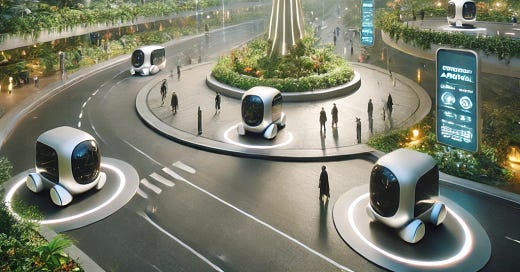





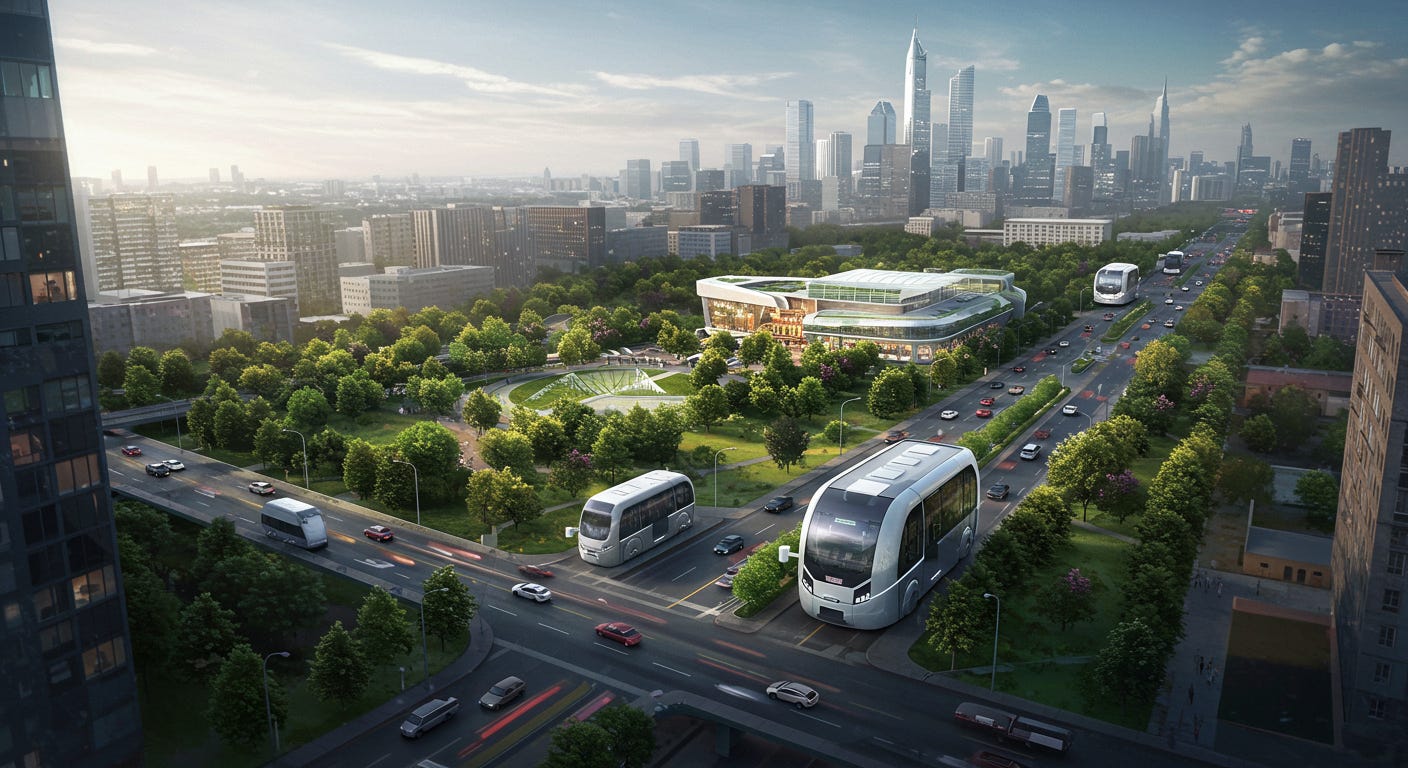
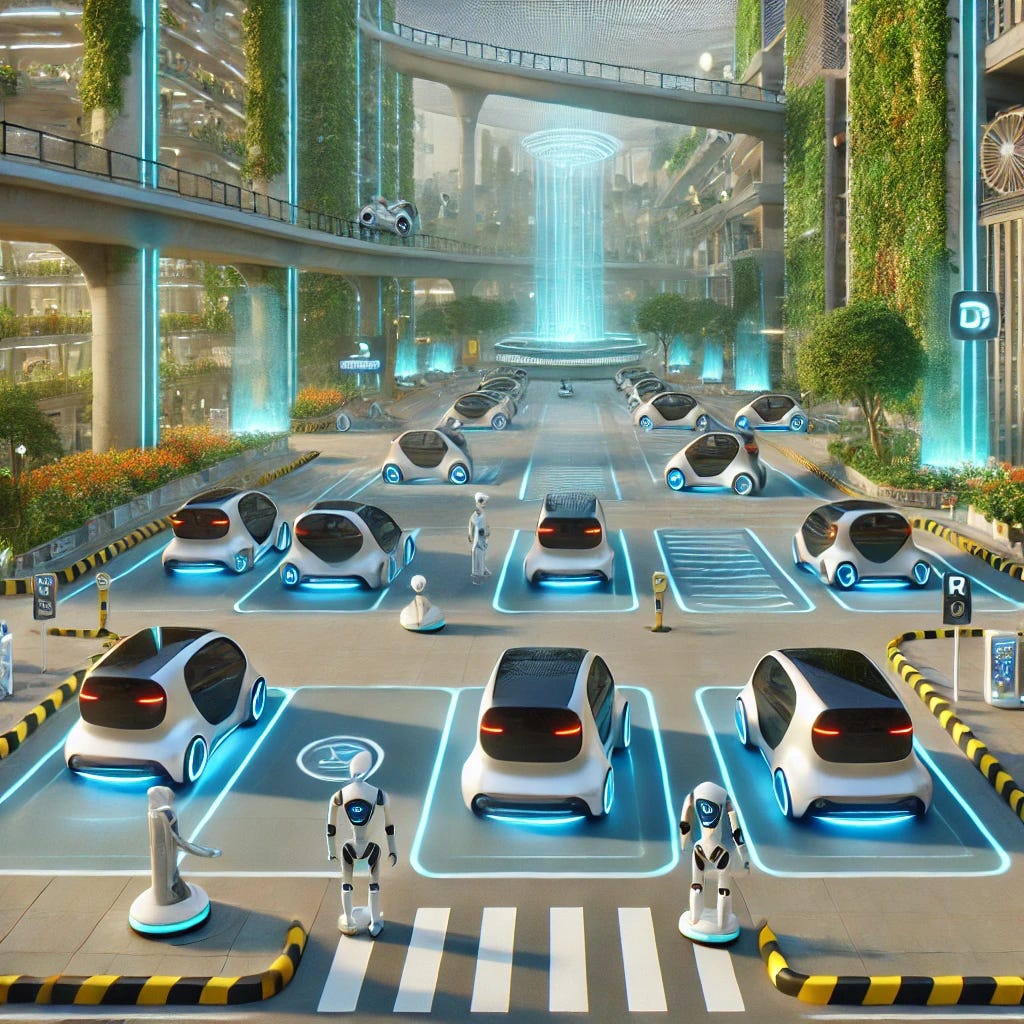
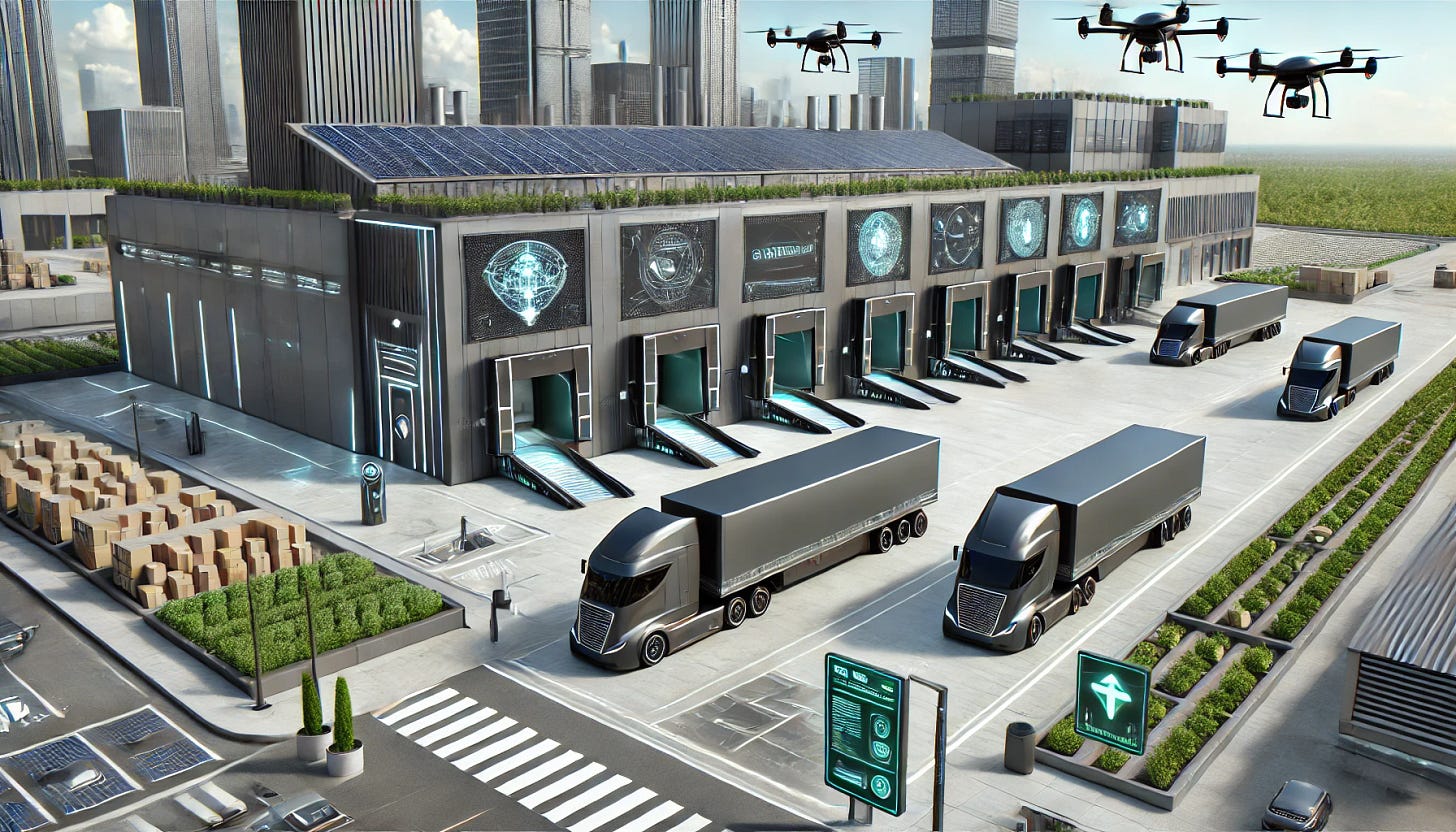

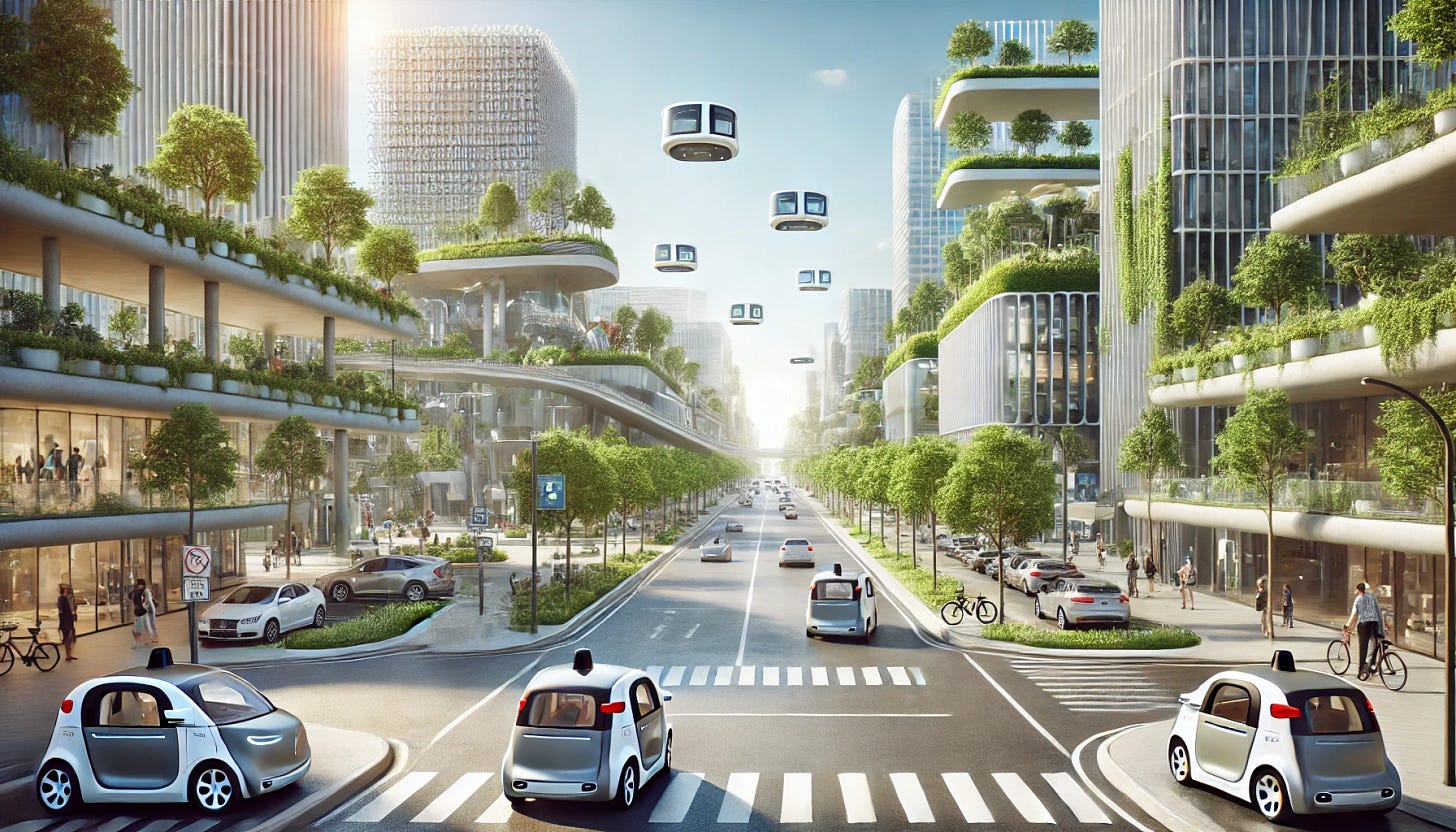
No more airport parking, either. And little to no regional flights! Who’d want to go through TSA when they could be hanging out in a living room-style car?
You really think significant changes will take place in 24 months? This seems more like a 10-year timeline with how slow local government/individuals adapt to changing technology.